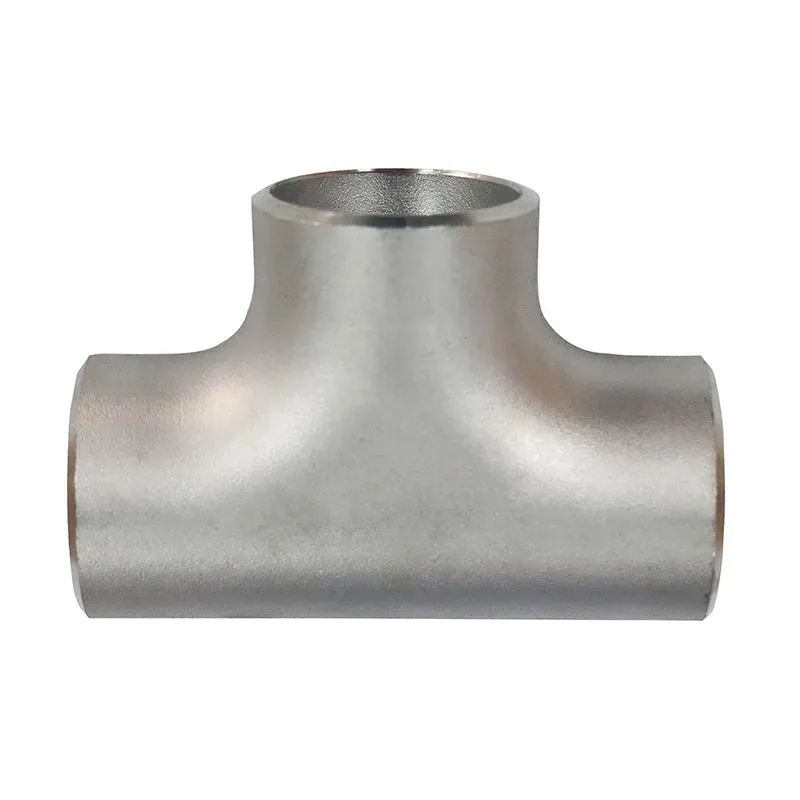-
Cangzhou Yulong Steel Co., Ltd.
-
Phone:
+86 13303177267 -
Email:
admin@ylsteelfittings.com
- English
- Arabic
- Italian
- Spanish
- Portuguese
- German
- kazakh
- Persian
- Greek
- French
- Russian
- Polish
- Thai
- Indonesian
- Vietnamese
- Zulu
- Korean
- Uzbek
- Hindi
- Serbian
- Malay
- Ukrainian
- Gujarati
- Haitian Creole
- hausa
- hawaiian
- Hebrew
- Miao
- Hungarian
- Icelandic
- igbo
- irish
- Japanese
- Javanese
- Kannada
- Khmer
- Rwandese
- Afrikaans
- Albanian
- Amharic
- Armenian
- Azerbaijani
- Basque
- Belarusian
- Bengali
- Bosnian
- Bulgarian
- Catalan
- Cebuano
- China
- China (Taiwan)
- Corsican
- Croatian
- Czech
- Danish
- Esperanto
- Estonian
- Finnish
- Frisian
- Galician
- Georgian
- Kurdish
- Kyrgyz
- Lao
- Latin
- Latvian
- Lithuanian
- Luxembourgish
- Macedonian
- Malgashi
- Malayalam
- Maltese
- Maori
- Marathi
- Mongolian
- Myanmar
- Nepali
- Norwegian
- Norwegian
- Occitan
- Pashto
- Dutch
- Punjabi
- Romanian
- Samoan
- Scottish Gaelic
- Sesotho
- Shona
- Sindhi
- Sinhala
- Slovak
- Slovenian
- Somali
- Sundanese
- Swahili
- Swedish
- Tagalog
- Tajik
- Tamil
- Tatar
- Telugu
- Turkish
- Turkmen
- Urdu
- Uighur
- Welsh
- Bantu
- Yiddish
- Yoruba

Nov . 26, 2024 19:26 Back to list
ASME Class 150 Flange Specifications and Applications for Industrial Use
Understanding the ASME Class 150 Flange Standard
Flanges are critical components in piping systems, utilized to connect various pipes, valves, pumps, and other equipment, providing a reliable seal and allowing for easy disassembly. Among the various standards that govern flange design, the ASME (American Society of Mechanical Engineers) Class 150 flange standard stands out due to its widespread applicability in industries such as oil and gas, water treatment, and power generation.
Overview of ASME Class 150 Flanges
ASME Class 150 flanges are defined in the ASME B16.5 standard. This standard specifies the dimensions, pressure-temperature ratings, materials, and testing requirements for flanges used in pressure applications. Class 150 flanges are designed to operate at a maximum pressure of 150 psi at a temperature of 100°F, with ratings varying at different temperatures. As temperatures increase, the pressure rating decreases, which is crucial for engineers to consider in their designs.
The flange itself is typically made from materials such as carbon steel, stainless steel, or alloy steel, depending on the application requirements. Common materials include ASTM A105 for carbon steel flanges and ASTM A182 for stainless steel flanges. Each material provides benefits in terms of corrosion resistance, strength, and durability, making it essential to select the appropriate material for the intended service conditions.
Characteristics of ASME Class 150 Flanges
The ASME Class 150 flanges are available in various types, including weld neck, slip-on, blind, threaded, and socket weld flanges, each having unique features and applications
1. Weld Neck Flanges These are ideal for high-pressure applications. Their long neck allows for alignment and helps to distribute stress during welding. 2. Slip-On Flanges Perfect for low-pressure applications, these flanges are designed to slip over the pipe and are welded in place once positioned.
asa class 150 flange standard

4. Threaded Flanges These flanges are vital when welding is impractical. They feature threads that allow them to fit onto the pipe.
5. Socket Weld Flanges Designed for small-diameter pipes, these flanges are effective for high-pressure systems where they can be attached with a weld after the pipe is inserted.
Importance of Pressure-Temperature Ratings
The pressure-temperature ratings for Class 150 flanges are foundational, guiding engineers in selecting the right flange based on the application's specific conditions. Typically, the maximum allowable pressure decreases as the temperature increases. For instance, at 100°F, a Class 150 flange can handle 150 psi, while at higher temperatures, such as 500°F, the maximum pressure rating may drop significantly to around 73 psi. This characteristic is crucial for ensuring the safe operation of a piping system under varying temperatures.
Compliance and Industry Standards
Adherence to the ASME B16.5 standard is not just a practical consideration but often a regulatory requirement. Many industries mandate compliance with ASME standards to mitigate risks associated with high-pressure systems. The standard also supports interoperability among systems by ensuring that flanges are manufactured to consistent specifications. This uniformity is vital for maintaining safety and functionality across different systems and applications.
Conclusion
In conclusion, the ASME Class 150 flange standard is a critical element in the design and construction of piping systems across various industries. By understanding the characteristics, pressure-temperature ratings, and material specifications outlined in the standard, engineers and operators can ensure the integrity and safety of their systems. The diverse options of flange types provided under this standard allow for flexible design choices, catering to specific application needs. Adequate knowledge and adherence to these standards contribute greatly to reliable, efficient, and safe operational practices in industrial environments.
Latest news
-
ANSI 150P SS304 SO FLANGE
NewsFeb.14,2025
-
ASTM A333GR6 STEEL PIPE
NewsJan.20,2025
-
ANSI B16.5 WELDING NECK FLANGE
NewsJan.15,2026
-
ANSI B16.5 SLIP-ON FLANGE
NewsApr.19,2024
-
SABS 1123 FLANGE
NewsJan.15,2025
-
DIN86044 PLATE FLANGE
NewsApr.19,2024
-
DIN2527 BLIND FLANGE
NewsApr.12,2024
-
JIS B2311 Butt-Welding Fittings LR/SR 45°/90° /180°Seamless/Weld
NewsApr.23,2024











